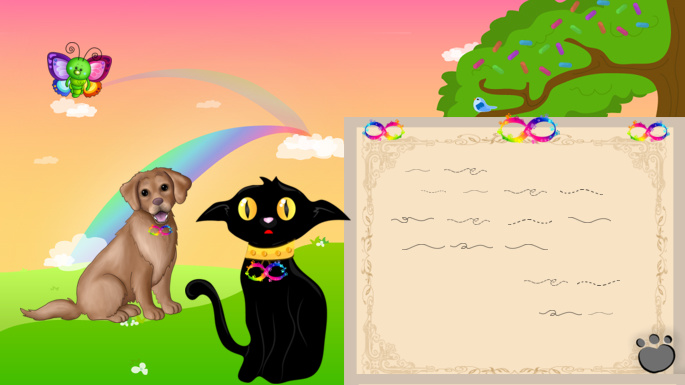Today is Show and Tell in the Classroom. Scaredy Cat suggested they bring one of their favorite new items from the fruit machine and hunt and surprise each other. Scaredy Cat's favorite item is the Laughing Flower because it makes him smile. Bob loves the Natural Defense Bug Spray. "It's getting to be that time of year where the bugs try to take over my picnic lunch. Plus, it smells good and it's a pretty bottle." JJ spent some time looking over the items available and it was natural for her to pick the crocodile shoe. It fit her mouth perfectly! "Hmmm, whatever can we do with these 3 things" proclaimed Scaredy Cat. Mrs. Octavia Owl spoke up and said "This week, we are going to make this our art challenge!" The 3 friends agreed that this would make for a fun and interesting week.
IT'S BACK!!! The "Three Things" art challenge is back!! What can you do with the 3 required items that Scaredy Cat, JJ and Bob have to use? How far can you stretch your imagination? Remember that with this challenge all three items MUST be used in your art. While you don't have to make the item full-sized, they should be big enough to be spotted. Be creative and let's see how you'll use the three items in this week's art challenge.
Here's the basics:
* Your submission MUST be related to the theme
* You must submit your art to the PnF art gallery - only entries there will be counted.
https://www.pets-n-friends.com/community.php?id=20
* Put "These 3 Things" in the title or description
* The entry with the most votes will be declared the winner.
* To vote, click the "vote" button - you may vote for as many entries as you want
* Voting will be open immediately
* This challenge will be open from now until April 23, 2024 (around 8:00pm Tuesday night in the USA) |
